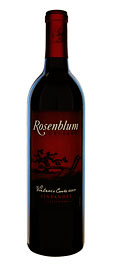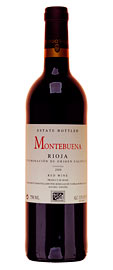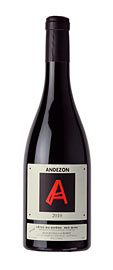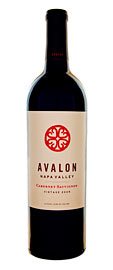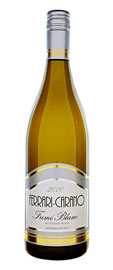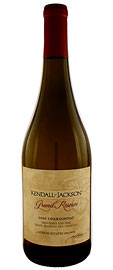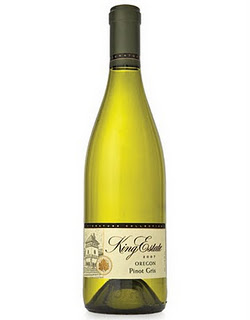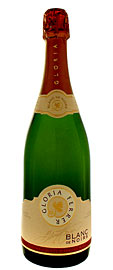Before I begin, I want to note that I can’t stand
the phrase “craft beer.” I recognize and acknowledge the necessity of a new
term to replace the old one, “microbrew.” For surely, Sierra Nevada, Deschutes,
Stone, Boston Beer Company, New Belgium are not micro in any way. Nevertheless,
there’s something annoying and, well, trendy about the new term. I use that
term, then, because I don’t have any better ideas for a new one but I will
endeavor to use it as little as possible.
I have long championed beer connoisseurship over wine connoisseurship for a few reasons. The first is simple economics and availability. A regular person can afford to be a beer connoisseur; one needn’t be supremely wealthy nor need one work in the industry in order to cultivate a sophisticated beer palate. In most major metro areas, and pretty much anywhere in California, Colorado or the Northwest, one can either find a nearby supermarket or a bottle shop with a representative selection of awesome beers, all of which are going to cost you under $20 for a large format bottle, and usually under $15 for a six pack. The second has to do, if I’m honest, with class. Wine connoisseurship comes with a bunch of icky class issues. Indeed, a taste for good wine is often intimately related to a desire to appear to be or to be, if there is any difference, in the upper class. A decade ago, one could say that beer, even the best beer in the world, had few of these class aspirations tied to it. These days, as hip/expensive beer joints pop up in all the important cities and there are beer sommeliers called Cicerones (essentially a marketing gimmick), things are beginning to change a bit, although the more casual side of craft beer drinking remains mostly in effect.
But beyond the contrasts, I’m bring up beer and
wine connoisseurship together in order to set up a structure of analogy. I
think what is happening in the beer world, both on the side of production and on
the side of consumption, maps shockingly well onto some very broad distinctions
in the wine world. Let’s begin with the promised taxonomy and then draw a few
more comparisons before making some important distinctions. (Remember that what
I’m working on below is an analogy, not an equivalence)
Beer
drinker
|
Wine
|
Likes big IPAs and imperial stouts
|
Likes big Napa Cabernets
|
Likes hefeweizen, pale ales and lagers
|
Likes Merlot and California Chardonnay
|
Likes sours
|
Likes French Burgundy
|
Likes Belgian Abbey beers
|
Likes French Bordeaux
|
Now, what’s interesting about this analogous
structure is snobbism within the connoisseuring communities. As any who’s seen Sideways knows, these days liking Pinot
Noir (Burgundy) is a sign that you are more sophisticated than the cloddish
Merlot and buttery, oaky Chardonnay drinkers. And indeed, intra-community
snobbishness goes much further. The lovers of big Napa Cabs are not so secretly
looked down upon by Bordeaux drinkers. Those Napa wines are called “fruit
bombs” and are accused of being “over the top” in flavor and in alcohol
content. It’s not hard to see the same sort of thing going in beer circles. The
unsophisticated are seen to drink wheat beers (and I include Belgian style
whites here), pales, and lager. The more sophisticated but less refined are
seen to like huge beers like double and triple IPAs and imperial stouts,
barrel-aged even better. These folks are not benighted like the first group,
but they are a bit boorish and crude. Finally, we have the sour and Abbey
drinkers who (claim to) prize sophistication and balance over big, hedonistic
flavors. Like Bordeaux drinkers, they see themselves on the top of the pyramid.
There are, of course, many other styles of note and many people don’t see
themselves as cleaving to one style in particular. Nevertheless, I think these
broad observations hold. So what about the differences?
What’s fascinating about beer culture is that it
has re-created what has been called the Parkerization of wine but in a new way.
Parkerization is named after Robert Parker, the world’s foremost wine critic.
He is accused of altering the wine landscape, both in regards to supply and to
demand, to suit his personal taste, which is reputed to favor big, boozy, ripe
wines over more subtle and age-worthy wines. No matter what take one has on the
matter, it’s clear that Parker has had a huge effect on wine for the simple
reason that a high score from his Wine
Advocate will not only send sales through the roof, but can really make or
break a winery no matter at what state in its life cycle it is in.
There is no such single figure to blame or praise
in the world of craft beer, but the Parkerization phenomenon has strangely
repeated itself. Beers have gotten bigger and bigger in flavor and in alcohol
over the past decade, due in large part to a greater demand for such beers,
which has been at least partially influenced by crowd-sourced beer rating sites
like Beer Advocate and Rate Beer. The path to brewery
legitimacy is to create a buzz-worthy beer of hugeness (as I like to call
them), which will become a sought after cult beer, and the rarer the beer is, the
better. There are countless examples of the cult beer phenomenon with the
Belgian Westvleteren beers and Russian River’s Pliny the Younger being perhaps
the most famous examples. The first is an example not of a calculated strategy
but of the strictures of the abbey producing it. The second’s status is a bit
more complex because although it is one of the earlier U.S. cult beers, one
gets the feeling that its rarity (which the brewer accounts for with some quite
reasonable points) is carefully managed to maintain its cult status. One might
say the same about Screaming Eagle or Opus One wines. These days one almost
expects a given double IPA to be hard to get, and if it’s too easy to get, it
must not be that good.
What’s interesting about all this is that it looks
just like Parkerization, but in fact it’s not the authority of one expert that
caused it but a kind of massive groupthink (that’s not to say that many cult
beers aren’t delicious, btw). And in predictable fashion, just like those who
bemoan Parkerization, there are increasingly vocal beer folks who are engaged
in a bitter backlash against the IPA and imperial stout crazes.
All this brings me to Lagunitas Brewing’s Sucks
double IPA. While it is true that Sucks is a limited edition beer, at least
here in Southern California it is not difficult to find. This is despite its
very high Beer Advocate rating of 97
out of 100, marking it as “world class” by that site’s rubric. Indeed, Sucks is
number ranked number 10 on Beer Advocate’s
double IPA list. From my viewpoint, it’s a very good example of the style of
the cult IPA, if not the best. And yet, it’s not too hard to find and not
painfully expensive. In fact what Sucks does is reproduce something like the
flavor profile of beers that are much harder to find (for example Pliny the
Elder and Kern River’s Citra DIPA) but the brewery has the chutzpah to put it
in six packs and produce quite a lot of it. I wouldn’t be too surprised if they
even started to produce it year round. Sucks, whether it means to or not, pulls
the rug out from under the IPA wars. It shows that these cult DIPAs are more of
a style themselves, and contrary to what we’ve been told, they can be produced
in quantity and retailed at a reasonable price.
The effect of Sucks, especially if it goes into
year round production, will be that DIPA aficionados will begin to realize that
they’re being played, and will start to abandon the cult beer phenomenon and
all the hoops (and lines and secret passwords and Instagram accounts) it
requires. If we pair the Sucks effect with the increasing absurdity of getting
the famed cult beer Pliny the Younger (more difficult this year than ever
before, with many on social media saying “never again” to waiting in epic lines)
and with the rise of the anti-IPA and imperial stout movement, I think it’s only
a matter of time before the cult part of the cult (D)IPA is a thing of the
past. That’s good for everyone.

